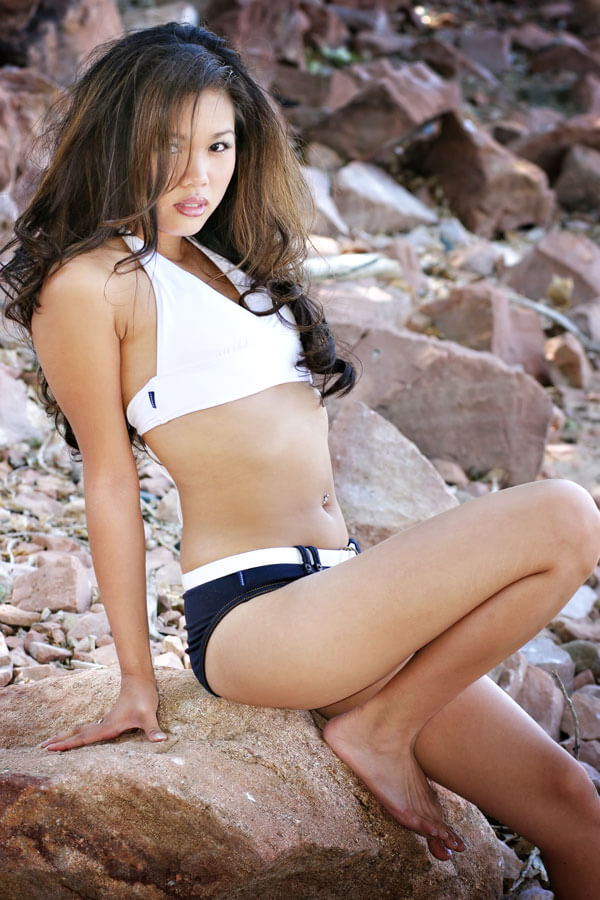Tips for Better Outdoor Portraits
Today’s Post by Joe Farace
The best way to improve your portrait photography is to practice. Make sure that you shoot something each week so you eventually get to the point where you don’t have to think about how to operate your gear. My suggestion are hardly secrets and you may already know all this but it may be tucked into the back of your mind, and waiting to be jogged. Here’s that jog:
 Interesting locations. Not too long ago, there was an on-line discussion asking what inspires people to create new images. For me, new things inspire me. It can be a new camera, new lens, or just a new place to make photographs. While traveling around, I look for and make notes about locations that can serve as a location for a portrait session.. Recently I went to a state park with a lake looking for a beach-like location for swimsuit photographs. I had my Lumix GX1 with me and while walking around the lake’s edge saw many spots (see below) that would produce interesting photographs.
Interesting locations. Not too long ago, there was an on-line discussion asking what inspires people to create new images. For me, new things inspire me. It can be a new camera, new lens, or just a new place to make photographs. While traveling around, I look for and make notes about locations that can serve as a location for a portrait session.. Recently I went to a state park with a lake looking for a beach-like location for swimsuit photographs. I had my Lumix GX1 with me and while walking around the lake’s edge saw many spots (see below) that would produce interesting photographs.
Simple lighting tools. One of my early mentors advised me to work with as few light control devices as possible. I try to do that because the less time spent working with my gear, the more time I can spend putting my subject at ease. These days much of my outdoor portraiture is done with natural light using a single reflector, such as Impact’s 42-inch 5-in-1 Collapsible Circular Reflector. Having the reflector on a light stand is useful when working alone but if an assistant is available I prefer to use them instead. It’s much easier to talk to an assistant from camera position and get them to move the reflector than walking back to the light stand to make an adjustment.
 Watch the background. It’s so easy to become so enthralled by the person you’re photographing that you forget about the background. There’s an old portrait photographer’s expression that “if you watch the background, the foreground will take care of itself.” Busy, ugly backgrounds can be thrown out of focus by using longer lenses and wider apertures but it’s not uncommon to have to physically clean up an outdoor site before you can create a portrait.
Watch the background. It’s so easy to become so enthralled by the person you’re photographing that you forget about the background. There’s an old portrait photographer’s expression that “if you watch the background, the foreground will take care of itself.” Busy, ugly backgrounds can be thrown out of focus by using longer lenses and wider apertures but it’s not uncommon to have to physically clean up an outdoor site before you can create a portrait.
While you can always digitally remove beer cans and fast food wrappers, taking the time to clean up the trash in an area before you make an outdoor portrait leaves it clean for everybody else too



